Namibia in 2024: Unveiling the Ultimate Travel Experience
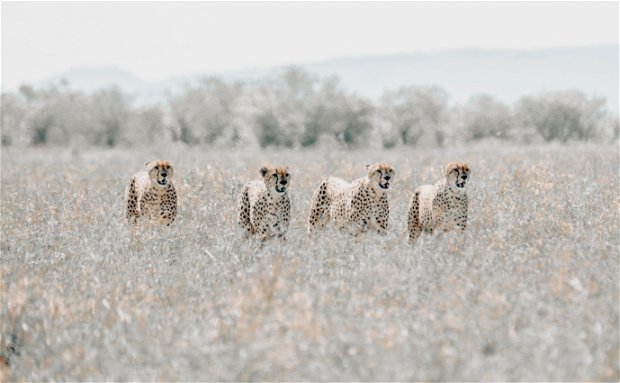
Namibia, a timeless gem in the heart of Africa, entices visitors with its unrivalled beauty. The canvas of Namibia's landscapes promises a masterpiece of celestial spectacles, exclusive safari experiences, vibrant cultural celebrations, and a commitment to sustainable tourism as we enter 2024. Let's examine why this year is critical to unlocking Namibia's magic.
The landscapes of Namibia are vast and diverse, ranging from the towering red sand dunes of Sossusvlei to the rugged mountains of Damaraland and from the desolate Skeleton Coast to the lush Caprivi Strip. Each region has charm and allure, making it a haven for nature lovers and thrill seekers.
Astronomical Events in Namibia
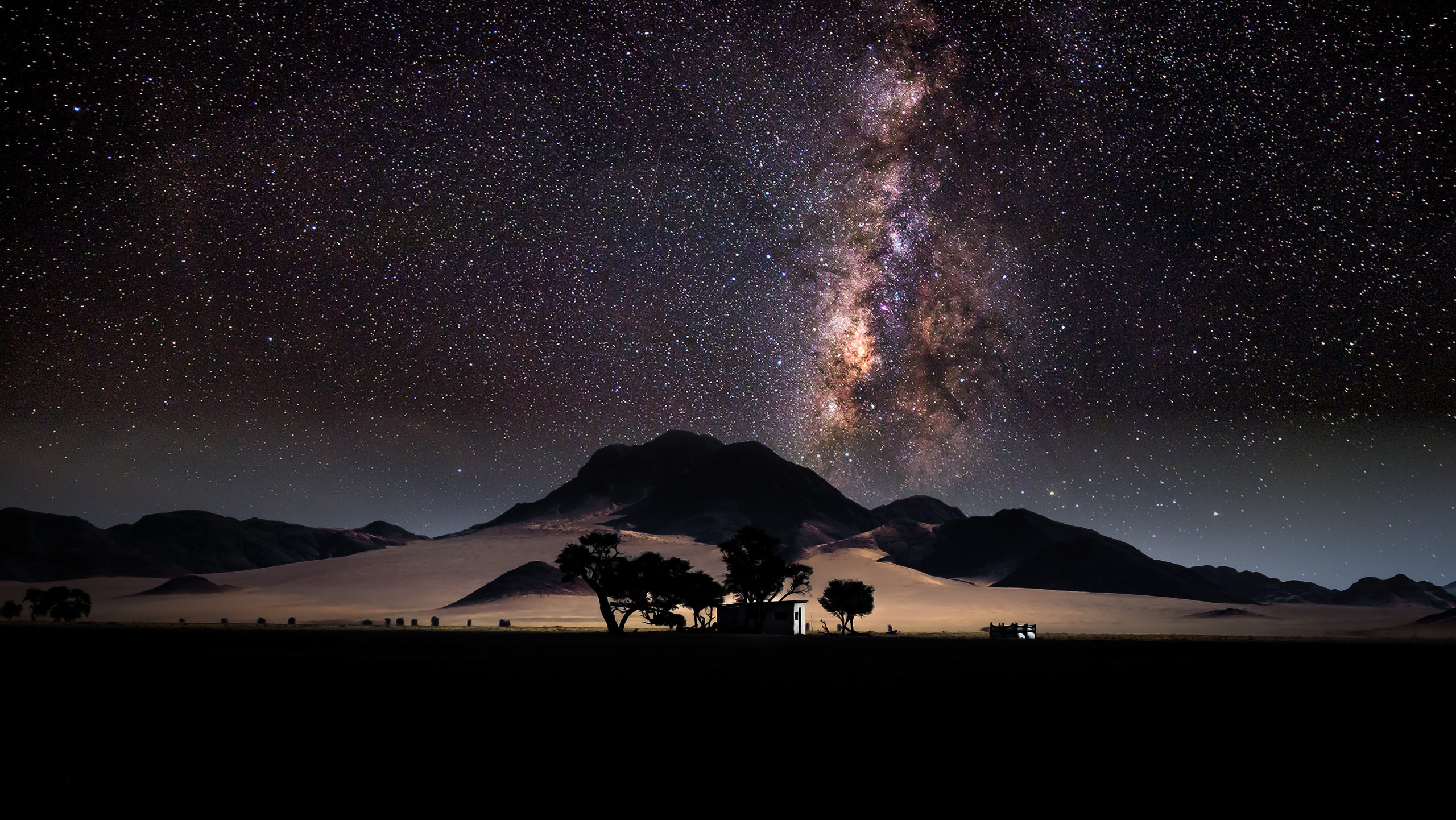
Namibia, known for its vast and unpolluted skies, will host a celestial spectacle in 2024. The cosmic calendar is a stellar invitation, from planet dances to meteor showers and eclipses. Imagine looking up at the night sky from Namibia's serene landscapes, where each twinkle tells a story about the cosmos.
The NamibRand Nature Reserve, designated as an International Dark Sky Reserve, is an excellent location for stargazing. Visitors can go on guided tours with astronomy experts to see the constellations, planets, and galaxies. The lodge's cutting-edge telescope and observatory add to the experience, offering a unique look into the mysteries of the universe.
Exclusive Safari Experiences
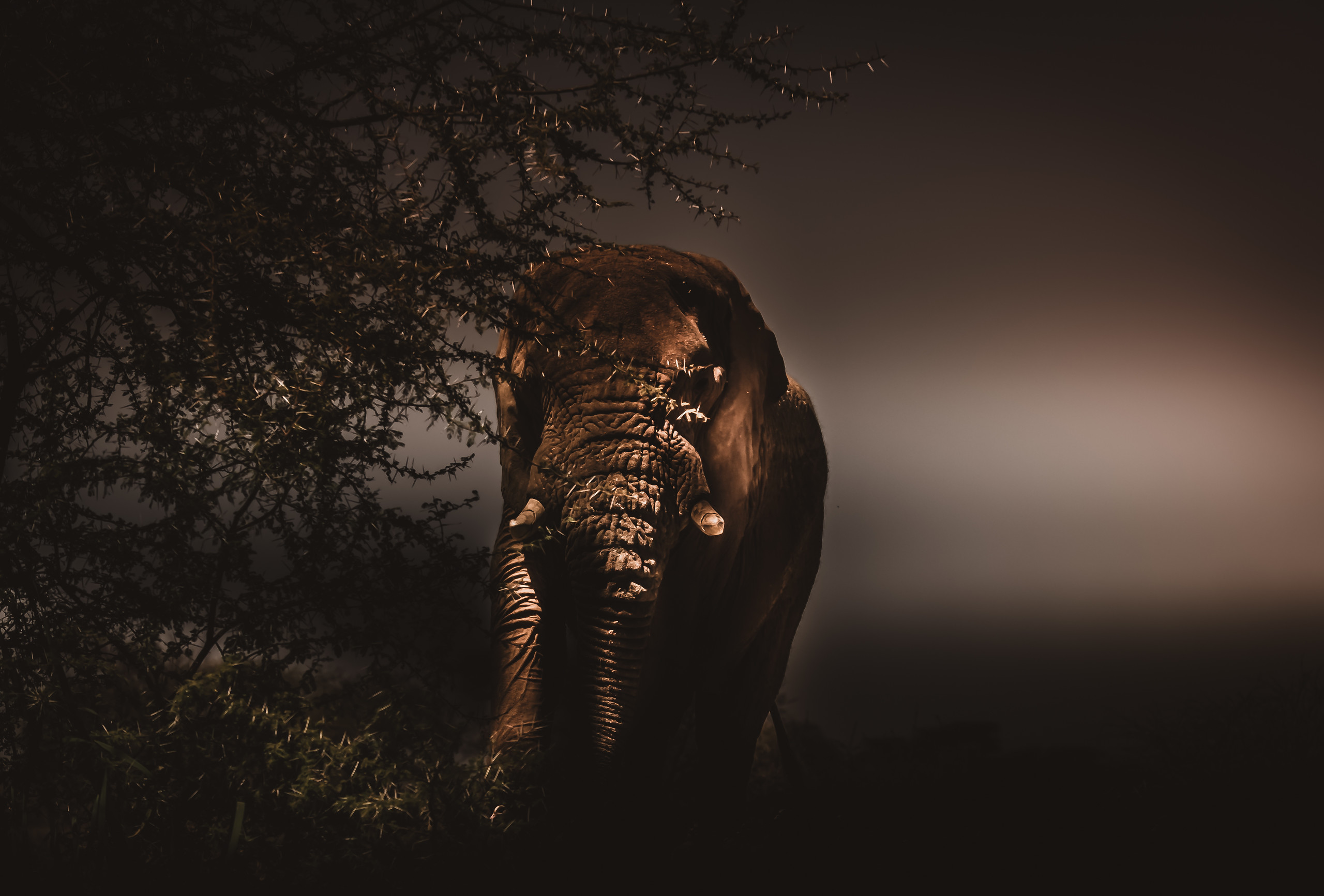
Namibia will launch exclusive safari offerings in 2024, allowing you to explore the wild. Consider witnessing wildlife migrations and rare animal sightings and engaging in unique experiences designed for the discerning traveller. Namibia's safaris promise a story of nature's grandeur, from the iconic Etosha National Park to the remote Kunene region.
Etosha National Park is one of Africa's premier game reserves, with a diverse wildlife population that includes lions, elephants, giraffes, and rhinos. Visitors can stay within the park's boundaries in luxury lodges or campsites, allowing for early morning and late afternoon game drives when the animals are most active.
The Kunene region in northwestern Namibia is a land of contrasts, where the desert meets the ocean, and the Himba people live in harmony with nature. Visitors can go elephant tracking in the desert, take a boat ride down the Kunene River, or learn about Himba customs and traditions.
Cultural Festivals and Celebrations
Namibia's cultural calendar is jam-packed with events in 2024. Participate in the rhythmic beats of traditional music, sample local delicacies at festivals, and immerse yourself in Namibian communities' vibrant traditions. Each celebration adds a brushstroke to Namibia's rich cultural tapestry.
Namibia's most important cultural event, the Annual Ongwediva Trade Fair, is held in August and showcases the country's economic, social, and cultural diversity. The fair includes exhibitions, entertainment, and competitions highlighting Namibia's accomplishments and goals.
The Damara Cultural Festival, held in September, honours the Damara people's heritage through traditional dances, songs, and clothing. Visitors can take pottery, basket weaving, and other craft workshops or enjoy Damara cuisine and beverages.
Emerging Travel Trends in Namibia
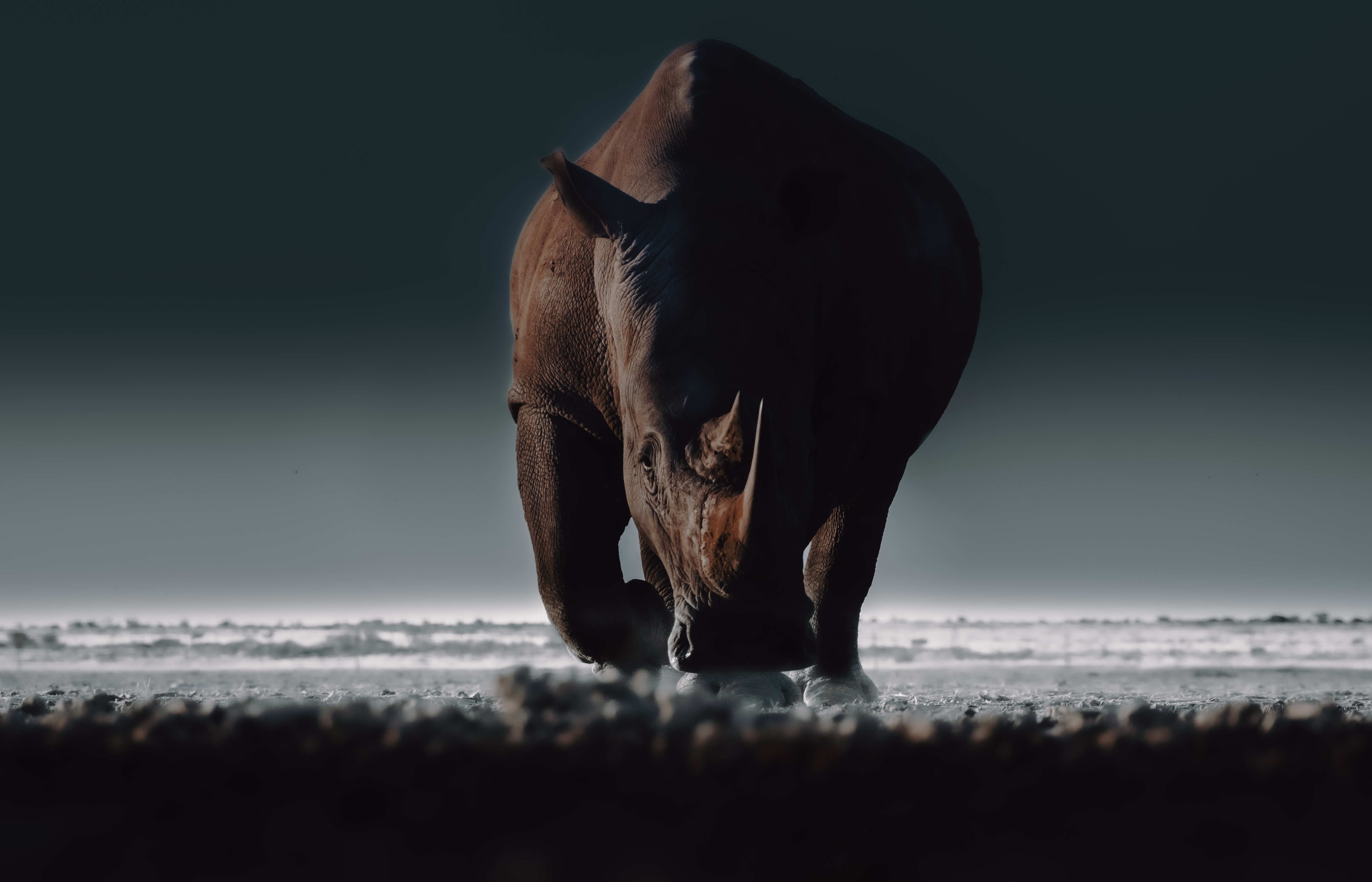
Namibia's approach changes as travel evolves. In 2024, there will be an increase in sustainable tourism initiatives and community-focused experiences. Responsible tourism allows visitors to contribute to local communities' well-being while preserving Namibia's pristine environment.
Eco-tourism is becoming more popular in Namibia, with lodges and tour operators implementing environmentally friendly practices and supporting conservation efforts. The Namibian Association of Community-Based Natural Resource Management (CBNRM) assists rural communities in managing their natural resources, creating jobs, and promoting conservation.
Infrastructure and Accessibility Improvements
Namibia's ongoing infrastructure development reflects the country's commitment to providing a seamless travel experience. Because of improved roads, increased connectivity, and upgraded facilities, Namibia is now more accessible and enjoyable.
The B1 Highway, which connects Namibia's capital, Windhoek, to the northern regions, is being upgraded to a dual carriageway, reducing travel time and increasing safety. Namibia's main port, Walvis Bay, is expanding to increase capacity and efficiency.
Namibia's Conservation Initiatives in 2024
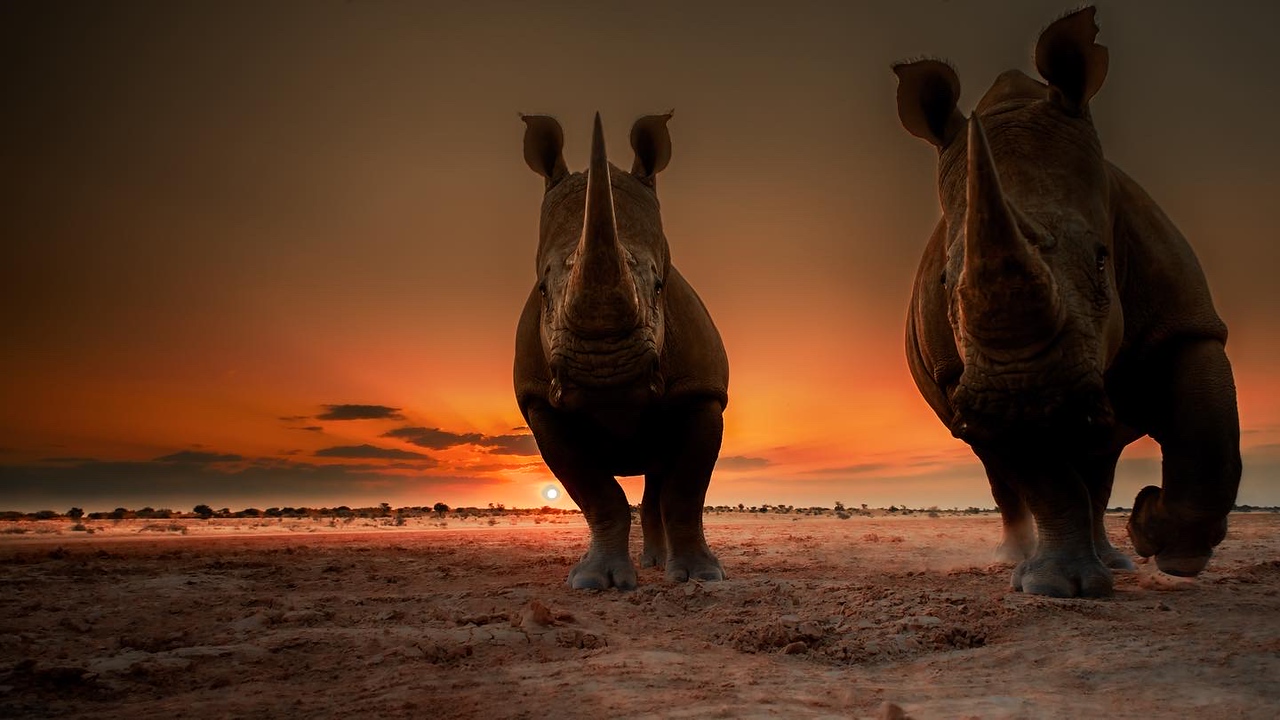
Namibia's commitment to conservation continues this year. New initiatives and collaborations demonstrate the country's determination to protect its natural wonders. Join Namibia in preserving the fragile ecosystems that make this land a haven for biodiversity.
The Namibian government's Communal Conservancy Tourism Sector Support Programme (CCTSSP) aims to provide community conservancies with technical and financial assistance while promoting sustainable tourism and wildlife conservation. The Black Rhino Range Expansion Project, a collaboration between the Namibian government and private stakeholders, seeks to increase the population of black rhinos by relocating them to more suitable habitats.
Local Perspectives: Voices from Namibia
Discover Namibia through the eyes of its inhabitants. Locals share their perspectives on why this year is extraordinary in 2024. Personal stories and testimonials provide an intimate understanding of Namibia's essence, transforming your trip into more than just a trip to the country.
Meet the Kunene region's Himba people, who have preserved their traditional way of life for centuries. Learn about the challenges and opportunities the San people face as they work to balance conservation and development in the Nyae Nyae Conservancy.
Practical Travel Tips for 2024
Practical advice is invaluable for those planning a Namibian adventure. Know when to go, stay current on visa requirements, and explore Namibia's wonders safely and enjoy.
The best time to visit Namibia is determined by your interests. Nonetheless, the dry season (May-October) is generally the best time to see wildlife. The wet season (November to April) is ideal for bird-watching and photography. Most visitors will need a visa, which can be obtained on arrival or ahead of time. It is best to book lodging and activities ahead of time, especially during peak season.
Conclusion
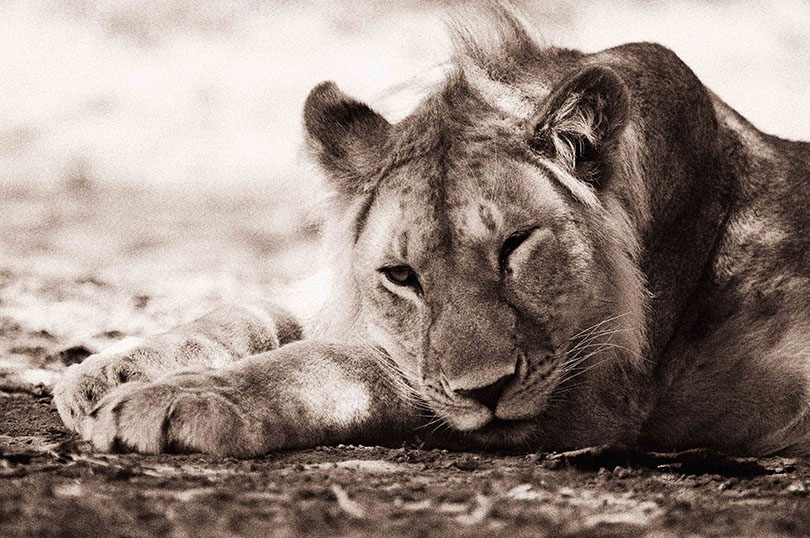
As we end our journey through the possibilities of 2024, Namibia stands as a blank canvas ready to be painted with your experiences. The celestial, exclusive, cultural, and sustainable converge in a symphony, making 2024 the golden key to unlocking Namibia's extraordinary. Seize the moment because Namibia's magic awaits your discovery.

Share This Post